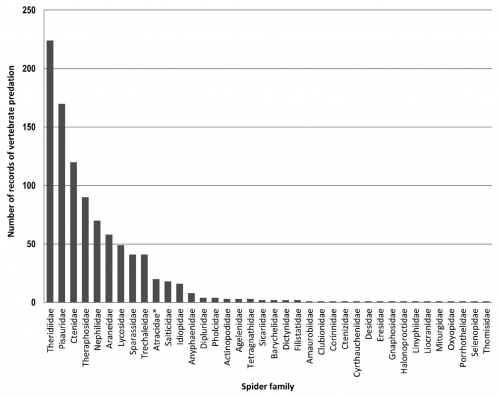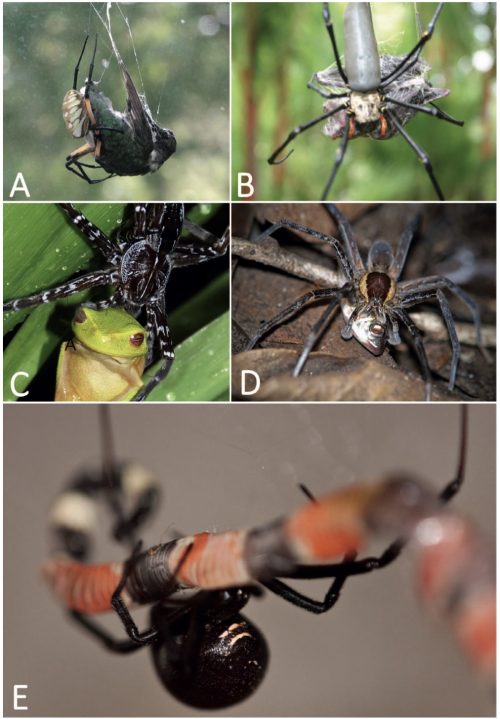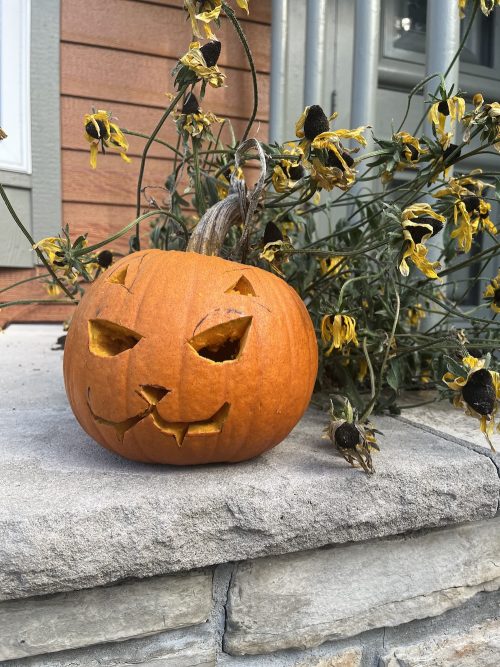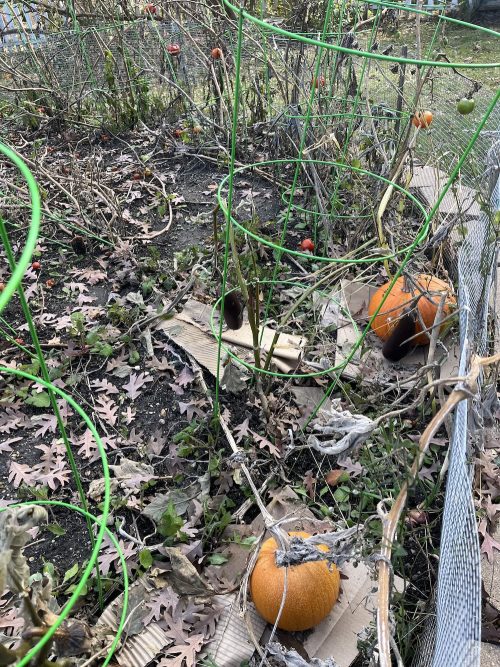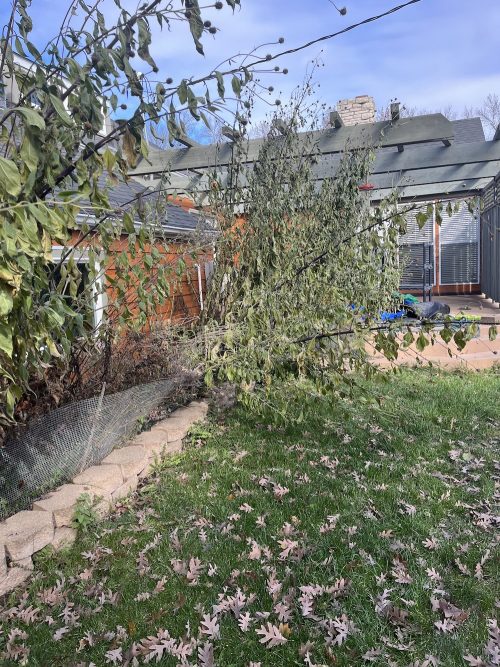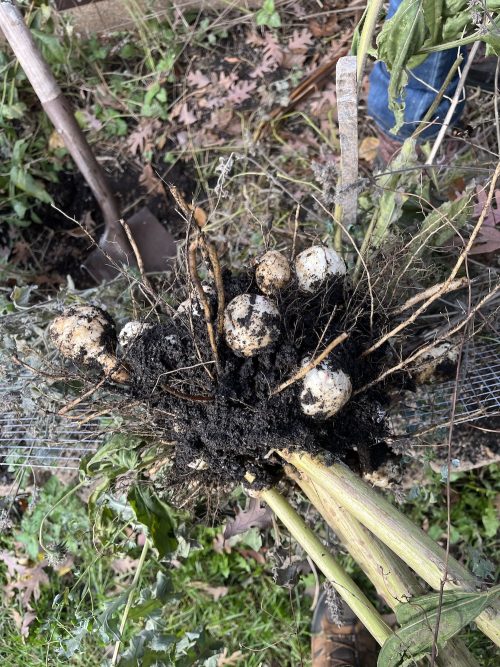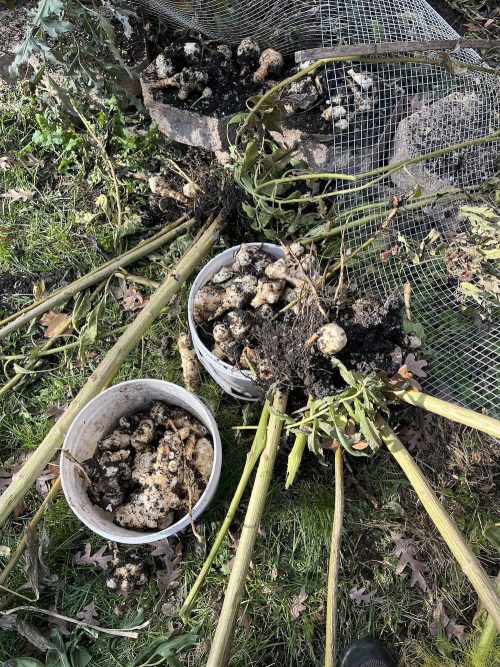On Halloween. My wife is at work tonight, and she has abandoned me to do all the handing out of treats and to be the recipient of all the tricks. I sure hope I don’t get any anonymous phone calls where I’m asked what my favorite scary movie is.
If you hear screams, come rescue me.



